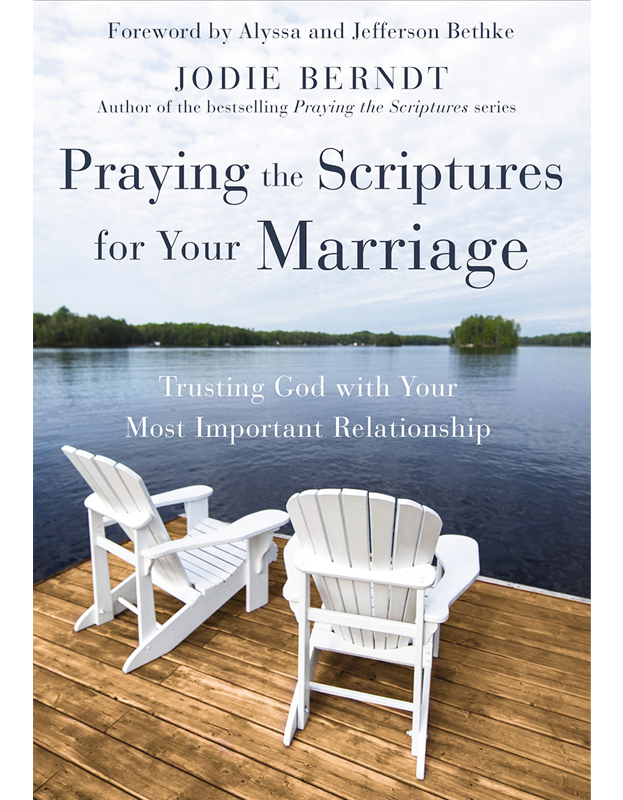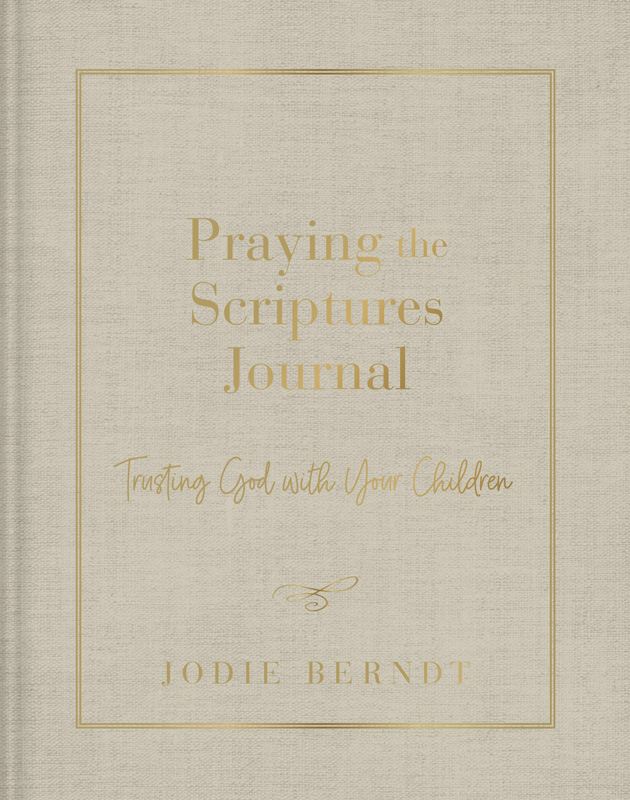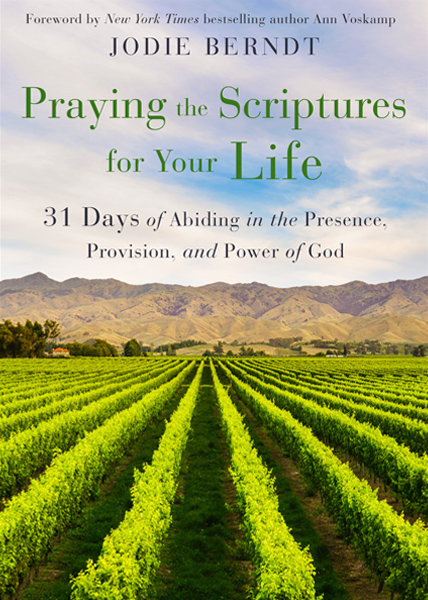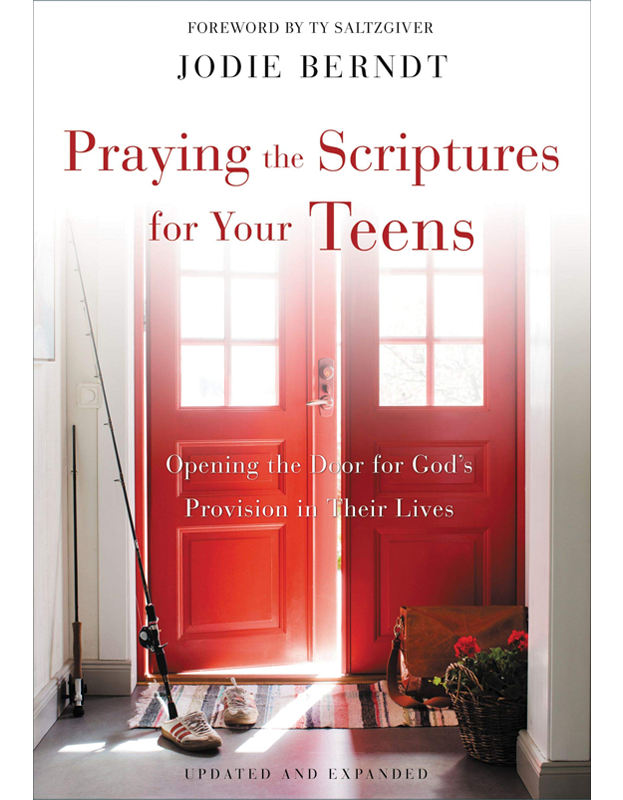
If you’re the kind of person who thinks pretty much every gathering could be improved with a dance floor, why not build your own? You’ll have to shell out about $240 for the materials, but that’s comparable to renting a 12’x12’ floor, and when you factor in the possibilities for amortization (dinner parties, engagement parties, PTA meetings that could use a boost), it’s well worth the cost. I can’t promise this plan would pass muster at, say, Architectural Digest, but hopefully it will get you started.

First, wake your dance partner on a Saturday morning and invite him to get coffee…on the way home from Lowes. Pick out five pieces of 3⁄4” plywood (check for warping!) and ask the Lowes guy to cut them in half, so you have ten 4’x4’ pieces.(You will only use nine.) Next, get a bunch of 1”x6” boards—we got eight of the kind that come in 8’ lengths. They will support the dance floor from underneath. You’ll want to get these cut, too: We used eight 4’ lengths, three 8’ pieces (uncut), and one board cut into 2’ lengths.
Next, get a bunch of 1”x6” boards—we got eight of the kind that come in 8’ lengths. They will support the dance floor from underneath. You’ll want to get these cut, too: We used eight 4’ lengths, three 8’ pieces (uncut), and one board cut into 2’ lengths.
 Scrounge around in your garage until you find two mostly full gallons of paint that you have no other use for. Paint five pieces one color, and four the other. (Michelle and I used Benjamin Moore’s White Dove and some tannish shade that didn’t look good in her dining room.)
Scrounge around in your garage until you find two mostly full gallons of paint that you have no other use for. Paint five pieces one color, and four the other. (Michelle and I used Benjamin Moore’s White Dove and some tannish shade that didn’t look good in her dining room.)
Once the paint’s dry, arrange the boards (paint side down, but in a checkerboard pattern) someplace where you have room to work. Attach the three 8’ pieces to the center square (4’ in the middle with 2’ extensions protruding from the sides), using wood glue AND woodscrews. I thought that was kind of “belt-and-suspenders,” but Gary the boat-builder (who is also my daughter’s father-in-law-to-be) said the double duty was a must.
 Here’s the tricky part: Stagger the 4’ plank sections at the edges, attaching 3’ to each piece and letting the extra 1’ extend as a “tab” to help the dance floor fit together like a puzzle. Use the 2’-long sections in the corners for extra support.
Here’s the tricky part: Stagger the 4’ plank sections at the edges, attaching 3’ to each piece and letting the extra 1’ extend as a “tab” to help the dance floor fit together like a puzzle. Use the 2’-long sections in the corners for extra support.
(Note: Be careful that your screws are not too long: You want them to attach the planks to the plywood, but close.)
 Allow the glue-and-screw system to dry overnight. Then, while the whole thing is still upside down, use a sharpie marker to label the pieces. (Labeling is key to not losing your salvation when you try to reassemble the pieces when it’s time for your party!) We called the center square “A” and then labeled the side pieces B-1, B-2, B-3 and B-4 and the corners C-1 through C-4, using a system of hash marks and arrows to indicate where the pieces met one another.
Allow the glue-and-screw system to dry overnight. Then, while the whole thing is still upside down, use a sharpie marker to label the pieces. (Labeling is key to not losing your salvation when you try to reassemble the pieces when it’s time for your party!) We called the center square “A” and then labeled the side pieces B-1, B-2, B-3 and B-4 and the corners C-1 through C-4, using a system of hash marks and arrows to indicate where the pieces met one another.
Separate the puzzle and take it out to the lawn, then put it together, painted side up. Once it’s good and tight, drill three holes in each C (corner) piece so as to attach it to the support planks under the neighboring B pieces, as well as to the extensions that come out of the center “A” piece. (This sounds harder than it is.)

Separate the pieces again and flip them over. Pound the T-nuts into the holes in the planks, making sure they are flush.

Now you are ready to assemble the finished product! Put the dance floor together, right side up, aligning the holes and ensuring a tight fit. Screw the T-screws into the nuts (I am probably butchering those terms) so that everything is secure.
Consider monogramming the center square, or adding some personal design, and then put on your playlist, crank up the volume, and get your party started!

















